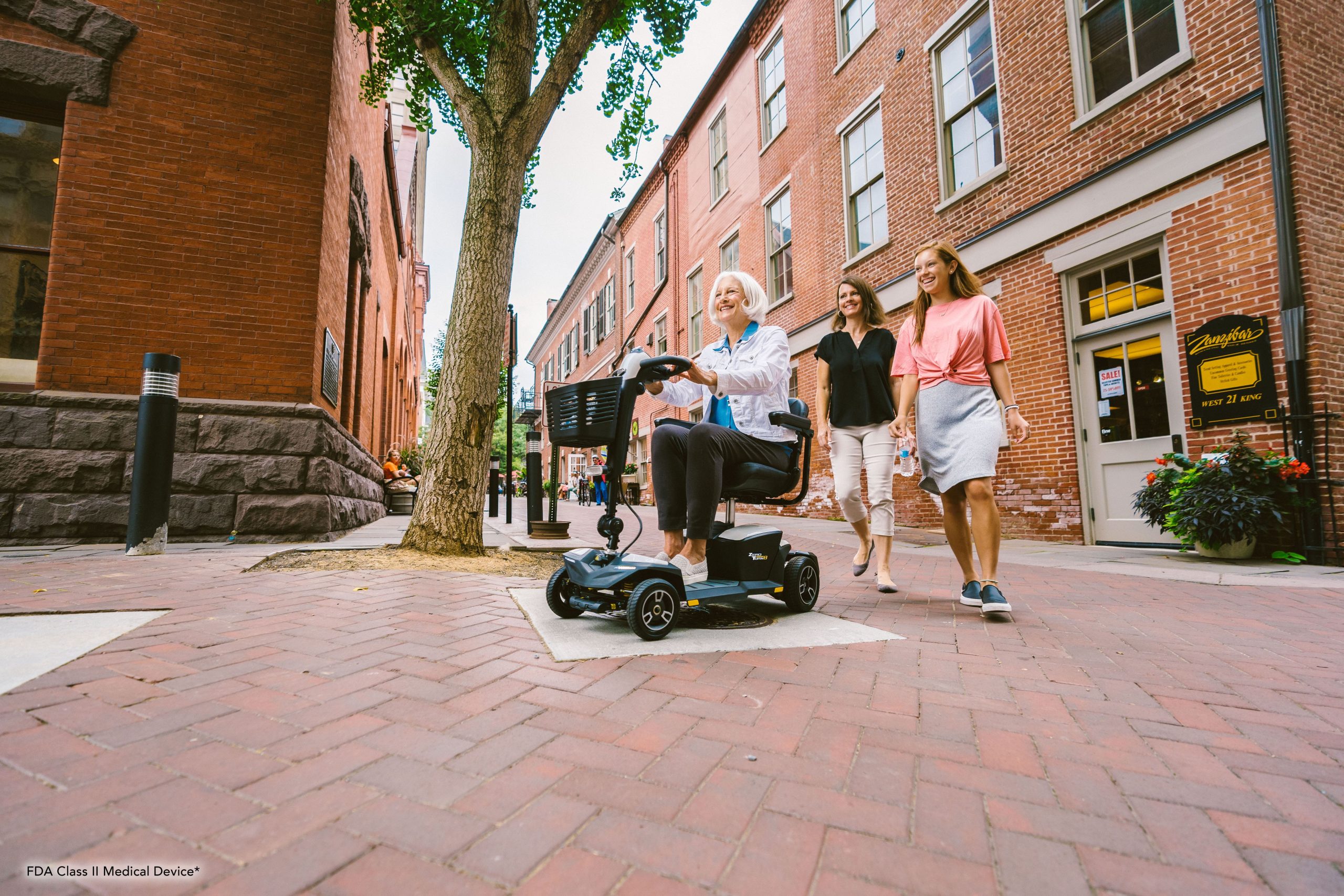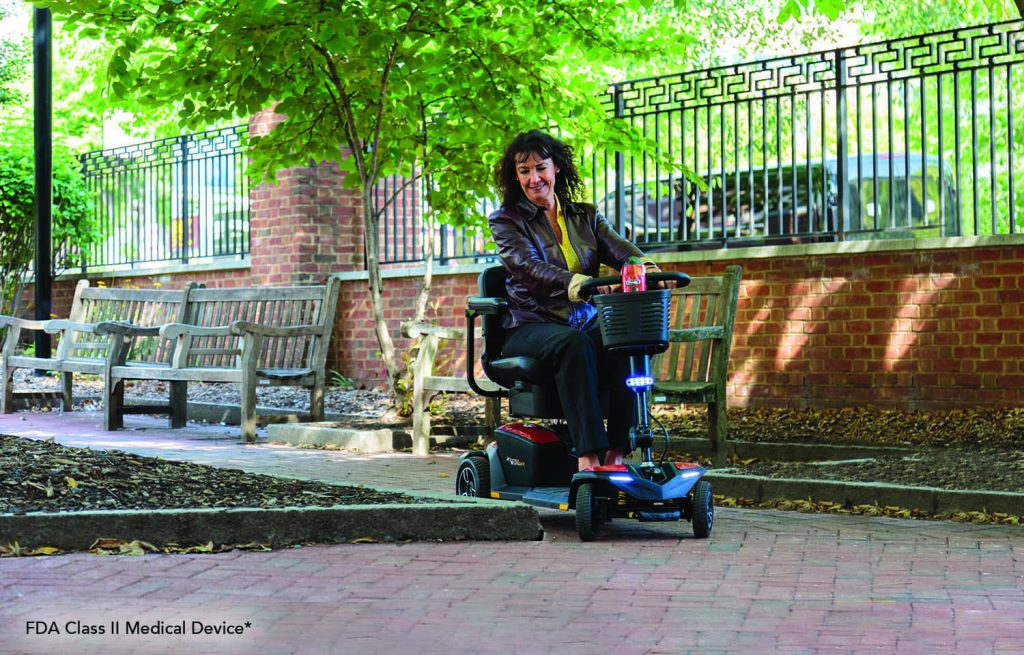For wheelchair users, the right cushion can make all the difference in comfort, posture, and overall health. Whether you use a wheelchair temporarily or as part of daily life, choosing a cushion that fits your needs is critical to avoiding discomfort, pressure sores, and posture-related issues. With over 15 years of experience helping patients find the best mobility solutions, I’ve seen firsthand how the right cushion can enhance independence and quality of life.
In this guide, I’ll walk you through the types of wheelchair cushions available, factors to consider when choosing one, and tips for maintaining your cushion to ensure long-lasting support and comfort.
Why the Right Wheelchair Cushion Matters
A wheelchair cushion isn’t just about comfort—it’s an essential component of mobility and health. The right cushion can:
- Prevent Pressure Sores: Prolonged sitting can lead to pressure ulcers, especially without proper cushioning.
- Improve Posture: A supportive cushion helps align the spine and pelvis, reducing strain on the body.
- Enhance Comfort: Whether you’re sitting for hours or days, the right cushion reduces discomfort and fatigue.
- Support Independence: A cushion that meets your needs allows you to focus on daily activities instead of pain or discomfort.
Types of Wheelchair Cushions
Wheelchair cushions are made from various materials, each designed to address specific needs. Here’s a breakdown of the most common types:
1. Foam Cushions
- Features: Lightweight, affordable, and easy to shape.
- Best For: Short-term use or users with minimal pressure relief needs.
- Considerations: Foam may compress over time, reducing its support.
2. Gel Cushions
- Features: Contain gel pockets that conform to the body for pressure relief.
- Best For: Users at risk of developing pressure sores.
- Considerations: Can be heavier and require occasional maintenance to prevent gel shifting.
3. Air Cushions
- Features: Use air cells to distribute weight evenly, offering excellent pressure relief.
- Best For: Users with high risk of pressure ulcers.
- Considerations: Require regular inflation checks and adjustments.
4. Hybrid Cushions
- Features: Combine materials, such as foam and gel or air and foam, for a balance of support and pressure relief.
- Best For: Users needing both comfort and advanced pressure relief.
- Considerations: Can be more expensive but offer versatile benefits.
5. Custom-Molded Cushions
- Features: Made to fit an individual’s body shape for maximum support.
- Best For: Users with severe posture or spinal alignment issues.
- Considerations: Require professional fitting and are often pricier.
Factors to Consider When Choosing a Cushion
Selecting the right wheelchair cushion depends on several factors:
1. Your Medical Needs
- Pressure Relief: If you’re at risk of pressure sores, prioritize cushions designed for weight distribution, like air or gel options.
- Posture Support: For spinal or pelvic alignment issues, look for cushions with firm support or custom molding.
2. Daily Usage
- Duration of Use: For extended periods of sitting, opt for a cushion with advanced pressure-relieving features.
- Activity Level: If you’re active and frequently transferring in and out of your wheelchair, a lightweight cushion may be more practical.
3. Wheelchair Type
Ensure the cushion fits your wheelchair’s dimensions and supports its weight capacity. Some cushions are designed for specific wheelchair models.
4. Budget
Cushions range from affordable foam options to premium custom-molded designs. Factor in your insurance coverage, as many policies cover cushions deemed medically necessary.
5. Maintenance Requirements
- Foam cushions require minimal upkeep.
- Air cushions need regular inflation checks.
- Gel cushions may need periodic adjustments to prevent gel migration.
Tips for Maintaining Your Wheelchair Cushion
To ensure your cushion remains effective and lasts longer, follow these maintenance tips:
1. Clean Regularly
- Wipe down the cover and cushion surface weekly using mild soap and water.
- Check the manufacturer’s guidelines for cleaning instructions.
2. Inspect for Wear and Tear
- Look for signs of compression, cracks, or leaks (in air or gel cushions).
- Replace cushions that no longer provide adequate support or comfort.
3. Store Properly
- Keep the cushion in a cool, dry place to prevent damage from moisture or heat.
- Avoid stacking heavy items on top of the cushion, which can deform its shape.
4. Adjust and Reassess
- Periodically reassess the cushion’s performance, especially if your needs or wheelchair usage changes.
- Consult your healthcare provider if the cushion is no longer meeting your needs.
FAQs
1. How do I know if my wheelchair cushion is right for me?
Your cushion should evenly distribute your weight, provide support for your posture, and feel comfortable for extended sitting. If you experience discomfort or pressure points, it may be time for a change.
2. How often should I replace my cushion?
Most cushions last 1-3 years, depending on usage and material. Replace your cushion when it shows signs of wear or no longer provides adequate support.
3. Are wheelchair cushions covered by insurance?
Yes, many insurance plans, including Medicare, cover cushions if they are prescribed as medically necessary. Check with your provider for specific requirements.
4. Can I use a regular cushion instead of a wheelchair cushion?
Regular cushions are not designed to provide the support or pressure relief needed for prolonged wheelchair use and can lead to discomfort or pressure sores.
5. What’s the best cushion for pressure relief?
Air or gel cushions are often the best options for advanced pressure relief, but the ideal choice depends on your individual needs.
Conclusion: Finding the Right Cushion for Your Needs
Choosing the right wheelchair cushion is essential for maintaining comfort, preventing complications, and supporting an active lifestyle. By considering your medical needs, daily activities, and maintenance preferences, you can find a cushion that meets your unique requirements. Remember, comfort and support go hand in hand—investing in the right cushion ensures your wheelchair experience is as comfortable and supportive as possible.
If you’re unsure which cushion is best for you, consult with your occupational therapist or healthcare provider for personalized recommendations.






